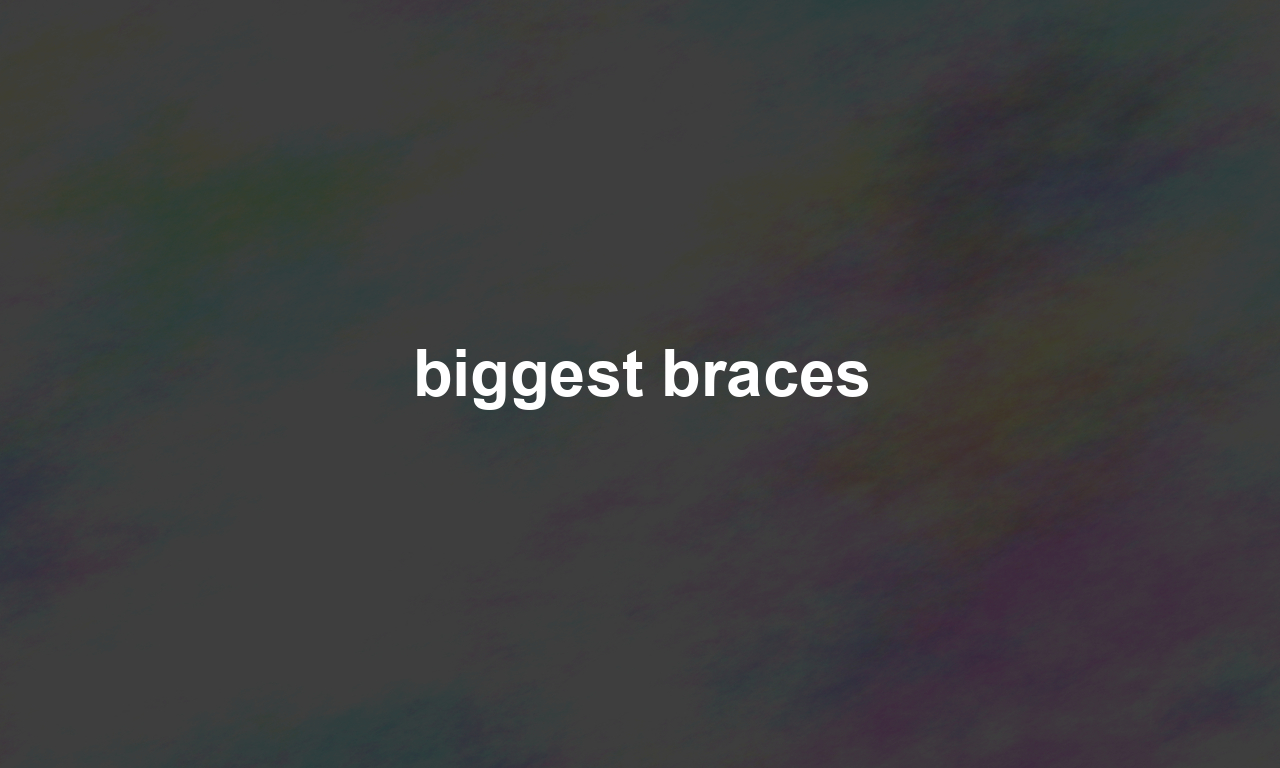Are you curious about the largest braces ever designed? Perhaps you’ve recently embarked on your orthodontic journey or you’re just fascinated by the extremes in dental technology. Either way, this blog has you covered! We’ll delve into the fascinating world of braces, uncovering the biggest ones ever made, their purposes, and how modern technology is revolutionizing orthodontics. Plus, we’ll look into some interesting facts and frequently asked questions about braces in general.
So, let’s dive in and learn how braces, no matter the size, help create beautiful smiles and healthier teeth!
The Evolution of Braces
Orthodontics has come a long way from its early days. Did you know braces date back to ancient times? The Egyptians and Etruscans were among the first to experiment with dental devices. However, the real breakthrough came in the 18th century, thanks to Pierre Fauchard—a French dentist often considered the “father of modern dentistry.”
Today, braces are much more sophisticated and effective. While most of us are familiar with the standard metal braces, there are numerous types, including ceramic braces, lingual braces, and even clear aligners like Invisalign.
The Largest Braces Ever: A Historical Feat
When we talk about the “biggest braces,” we’re referring to those designed for some unusual or extreme conditions. The largest braces aren’t something you’d typically see in a standard orthodontic clinic but are reserved for unique cases requiring extensive correction.
Jaw Alignment and Surgical Braces
One notable example of large braces is those used in cases of severe jaw misalignment. These braces can extend beyond the teeth to include parts of the jaw, requiring additional hardware and surgical intervention. While these braces are massive and complex, they play an indispensable role in correcting severe dental issues that standard braces can’t handle.
Historical Milestones
Throughout history, there have been remarkable advancements. For instance, the development of headgear in the 19th century allowed orthodontists to tackle complex dental problems effectively. These devices, often substantial in size, helped move teeth and jaws into proper alignment, laying the groundwork for modern procedures.
Modern Innovations: Less is More
Gone are the days when massive braces were the only option for substantial orthodontic issues. Today, technology has made treatment more efficient and less intrusive.
Advanced Materials
Modern braces use high-quality materials like stainless steel and titanium, making them smaller yet incredibly effective. Even for severe conditions, today’s braces are designed to be as inconspicuous as possible, offering better comfort without sacrificing functionality.
3D Printing
With the advent of 3D printing, custom braces can now be made to fit an individual’s dental structure precisely. This minimizes the need for bulky braces while ensuring effective treatment. [Check out this article](https://www.scientificamerican.com/article/the-rise-of-3d-printing/) to learn more about the impact of 3D printing in healthcare.
Interesting Facts About Braces
You may think braces are straightforward, but there’s more to them than meets the eye. Here are some fascinating tidbits:
Common Questions About Braces
It’s natural to have questions if you or someone you know is considering braces, regardless of their size. Let’s address some of the most frequent queries:
Do Large Braces Hurt More?
While it’s reasonable to assume that larger braces might cause more discomfort, that isn’t necessarily the case. Modern orthodontics focuses on minimizing pain and discomfort for all types of braces. The key is adjusting properly to your specific needs, whether your braces are large or small.
Are Large Braces More Effective?
Effectiveness isn’t determined by size alone. The unique dental condition and the orthodontist’s expertise play crucial roles. Larger braces are typically reserved for severe cases where they are the most effective tool available.
How Long Do I Need to Wear Braces?
This varies based on multiple factors, including the complexity of your dental issues and the type of braces used. Typically, treatment can range from 18 months to three years. For extreme cases requiring more extensive braces, the duration may be longer.
Final Thoughts
The journey of orthodontics from massive, cumbersome braces to the sleek and effective designs of today is nothing short of remarkable. From historical advances to current innovations, we’ve come a long way. Whether you need massive braces for a specific condition or standard ones to correct your teeth, the goal remains the same: a beautiful, healthy smile.
If you’re interested in learning more about braces and orthodontics, [Colgate](https://www.colgate.com/en-us/oral-health/braces) offers a wealth of information on various types of braces and their care. Remember, always consult with a qualified orthodontist to determine the best treatment plan for your specific needs.
With the right knowledge and treatment, achieving a perfect smile is within everyone’s reach—regardless of the size of the braces!

